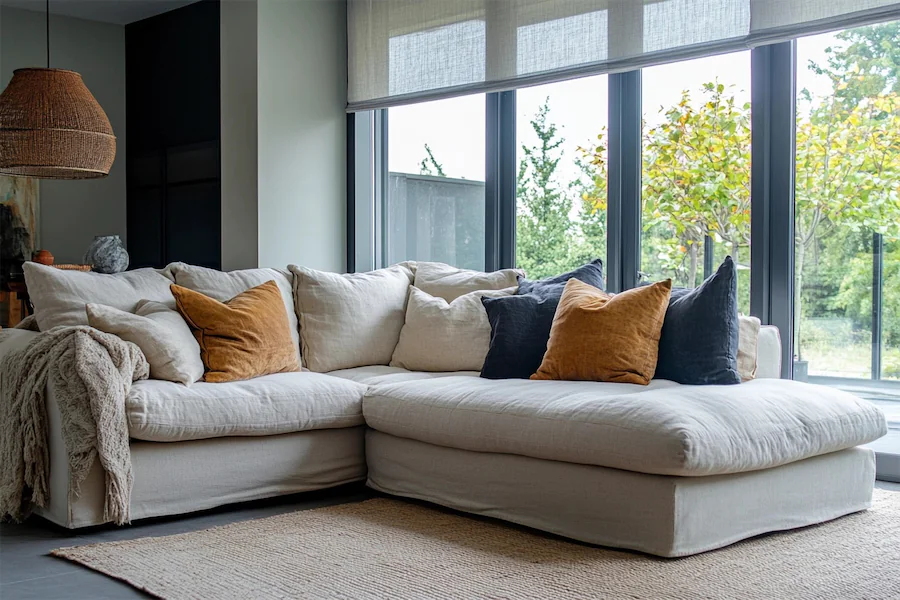Corner sofas, also known as sectional sofas, have become a staple in modern home decor due to their versatility, space efficiency, and comfort. This article explores their history, key features, applications, considerations for selection, and concludes with their enduring appeal.
History and Origins of Corner Sofas
The concept of modular seating can be traced back to the early 19th century in the United States, where furniture makers in Virginia crafted sectional sofas to accommodate large gatherings. These early designs featured multiple pieces that could be arranged to fit various room layouts. The modern corner sofa, as we recognize it today, gained prominence in the mid-20th century. American designer Harvey Probber is credited with introducing modular, sectional furniture in 1944, allowing for customizable configurations that suited different spaces and needs.
Key Features of Corner Sofas
- Modular Design: Corner sofas typically consist of multiple sections, including a central piece and one or two extensions that form a right angle. This design allows them to fit seamlessly into room corners, maximizing seating without occupying excessive floor space.
- Versatility: Many corner sofas are modular, enabling users to rearrange sections to create different layouts, such as L-shaped or U-shaped configurations, adapting to various room sizes and functions.
- Comfort: Designed for relaxation, corner sofas often feature deep seats, plush cushions, and ample back support, making them ideal for lounging and socializing.
Applications of Corner Sofas
- Residential Spaces: In homes, corner sofas serve as focal points in living rooms, providing ample seating for families and guests. Their design fosters a cozy environment conducive to relaxation and conversation.
- Commercial Environments: Businesses, such as hotels and offices, incorporate corner sofas in lobbies and waiting areas to offer inviting seating arrangements for clients and visitors.
- Open-Plan Layouts: In open-concept homes, corner sofas can act as natural room dividers, delineating spaces without the need for additional partitions.
Considerations When Choosing a Corner Sofa
- Room Size and Layout: Measure your space to ensure the sofa fits appropriately, considering both the room’s dimensions and the sofa’s orientation to harmonize with existing furniture and architectural features.
- Comfort and Support: Evaluate the cushioning and support to match your comfort preferences, noting that some models offer features like reclining seats or adjustable headrests for enhanced relaxation.
- Material and Maintenance: Select upholstery materials that align with your lifestyle, especially if you have children or pets. Durable, stain-resistant fabrics or leather options can offer longevity and ease of cleaning.
- Aesthetic Compatibility: Choose a design and color that complement your interior décor, ensuring the sofa enhances the room’s overall aesthetic appeal.
Conclusion
Corner sofas have evolved to meet the demands of contemporary living, offering a blend of functionality, comfort, and style. Their ability to adapt to various spaces and needs makes them a valuable addition to both residential and commercial interiors, embodying the dynamic nature of modern design.
